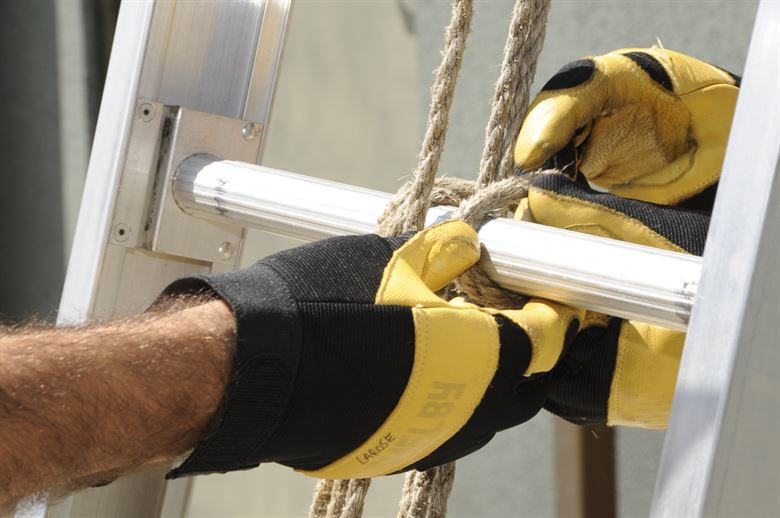Worker Injured in Fall from Ladder entitled to Summary Judgment
- Cory Morris

- Jan 21, 2019
- 2 min read

Construction workers are subject to life-altering injuries. In PIERRAKEAS v. 137 E. 38th ST. LLC, 2018 N.Y. Slip Op 32516 (NYC Sup. Ct. 2018)., the Plaintiff was a construction worker who was "assigned to perform crown molding installation work on an eight-to-ten-foot ceiling and had been doing so for several days." Plaintiff utilized a ladder when he was injured.
Plaintiff moved for summary judgment under NY Labor Law § 240. Summary judgment is a legal device for when there are no issues of material fact and, as a matter of law, legal judgment should be awarded to one of the parties. Here, Plaintiff, the injured construction worked, moves and the Defendants, those who owned 137 EAST 38TH STREET, opposed the injured worker's application for relief.
The New York City Court sets forth the legal standard for the injured worker to obtain relief under the Scaffold Law, New York Labor Law:
To successfully assert a cause of action under Labor Law 240 (1), also known as the "Scaffold Law", a plaintiff must establish that he or she was injured during the erection, demolition, repairing, altering, painting, cleaning or pointing of a building or structure. Goodwin v. Dix Hills Jewish Ctr., 41 N.Y.S.3d 104 (2nd Dep't. 2016). Defendant correctly notes that not every fall gives rise to Labor Law 240 (1) liability. Girodano v. Tishman Const. Corp. 59 N.Y.S.3d 28 (1st Dep't. 2017). Plaintiff, however, has sufficiently established that he was engaged in a construction related task that posed an elevation related risk as envisioned in Labor Law 240(1), and thus entitled the protection provided by the statute. Additionally, prior case law has established that the installation and repair of crown molding qualifies as the "altering" of a building for the purposes of Labor Law 240(1). Paszko v. Roman Catholic Church of St. Ignatius Loyola, 2014 WL 12796790, at *3 (Sup. Ct., N.Y. County 2014) (Wright, J).
The Court here finds that the worker acted appropriately, trying to avoid and doing his best to minimize dangers. The area was cleaned and the Court finds that there was no evidence of misuse or wrongdoing by Plaintiff. As relevant here, "The sole proximate cause defense under Labor Law 240 (1) arises where adequate safety devices are available at the job site, but the worker either does not use or misuses them." (citing Robinson v. East Med. Ctr., LP, 6 N.Y.3d 550, 554 (2006)).
Therefore, the Court, in finding that the injured worker is entitled to summary judgment, states that
Based upon the evidence, a reasonable factfinder could determine that plaintiff's positioning of the ladder next to the pile of sheetrock was a contributing cause to his injuries. However, it is well settled that where an injury is caused by a violation of Labor Law 240(1), plaintiff's own negligence does not furnish a defense. Cahill v. Triborough Bridge & Tunnel Auth., 4 N.Y.3d 35 (2004).
The case is PIERRAKEAS v. 137 E. 38th ST. LLC, 2018 N.Y. Slip Op 32516 (NYC Sup. Ct. 2018); should you have any injury, accident or work-related problems, call the Law Offices of Cory H. Morris: 631-450-2515.



























Comments